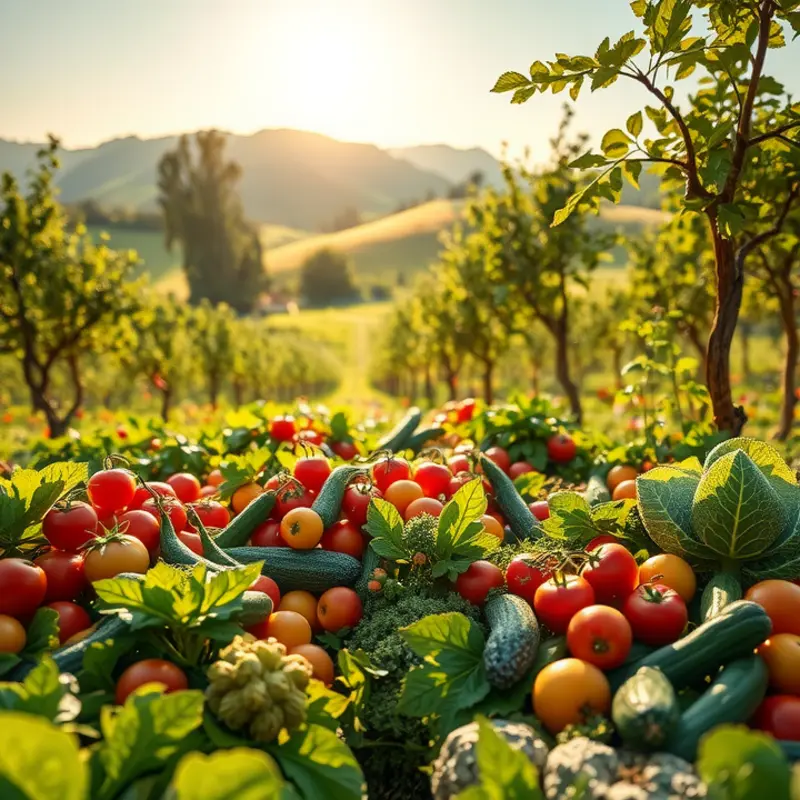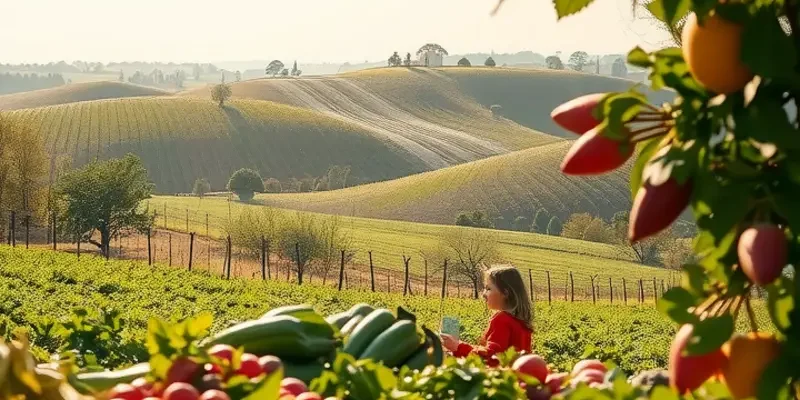Food waste is an avoidable issue that plagues many households. Learning how to effectively manage leftovers can help reduce waste, save money, and make the most out of each meal. From storing techniques to creative recipes, implementing strategic food management practices can create a more sustainable kitchen, ensuring that food doesn’t end up in the trash.
Smart Storage: Keeping Leftovers Fresh

Mastering the art of leftover storage can significantly reduce food waste while ensuring your meals remain delicious and safe to eat. Understanding the detailed nuances of storage methods, container types, and labeling can transform leftover handling into an efficient, sustainable practice.
Choosing the Right Containers
The containers you use are pivotal in extending the life and quality of your leftovers. Opt for airtight containers which minimize exposure to air, preventing spoilage and maintaining food flavors. Both glass and BPA-free plastic containers have merits, but glass is often preferred due to its chemical-free properties and ease of cleaning. Stackable containers also save space, making your refrigerator more organized and manageable.
Proper Cooling Techniques
Before storing, ensure leftovers cool to room temperature. Rapid cooling can prevent bacteria from forming. Divide large amounts of food into smaller portions to quicken the cooling process; this is particularly beneficial for dense foods like stews or casseroles. Avoid leaving food out for over two hours to reduce the risk of contamination.
Strategic Placement in Your Fridge
Where you store leftovers in your fridge matters. Place them on the top shelves, where temperatures are more consistent, avoiding the fridge door which is prone to temperature fluctuations. Maintaining a clutter-free fridge also aids airflow, which helps keep your food at the correct temperature.
Labeling for Safety and Convenience
Effective labeling practices go hand-in-hand with food safety and convenience. Use stickers or masking tape to record the date and contents of your leftovers. This practice not only enhances food safety by promoting timely consumption but also reduces the likelihood of letting food go to waste.
Consider Alternative Storage Methods
For those seeking to minimize their environmental impact, look into alternative storage methods like reusable beeswax wraps or silicone bags. These eco-friendly options support sustainable practices without compromising food safety. For more on sustainable choices in kitchen storage, explore the eco-smart kitchen storage guide.
Adopting these smart storage strategies will ensure not only that your leftovers remain fresh for longer, but also that your overall approach to food storage becomes more efficient and environmentally conscious. Image how much waste could be reduced if these practices were embraced collectively. By making small changes in how we handle leftovers, we contribute significantly to broader waste reduction goals.
Creative Reuse: Delicious Meals from Leftovers

Mastering the art of transforming leftovers into new culinary masterpieces not only helps in reducing food waste but also adds elements of creativity and surprise to your meals. Let’s explore some delightful ways to ensure that yesterday’s dinner becomes today’s delightful feast.
Consider the possibilities that lie in a fridge full of forgotten items. Roast chicken left from a family meal becomes the star of a refreshing chicken salad. Shred the chicken, toss it with leafy greens, cherry tomatoes, and a zesty vinaigrette for a simple yet satisfying lunch.
Another gem in the leftovers repertoire is the concept of stir-frying. That assortment of vegetables from last night can transform beautifully when sautéed with garlic and a dash of soy sauce. Toss in some leftover rice, crack an egg or two, and you’ll end up with a satisfying homemade fried rice.
Soups and stews are also a great way to use those odds and ends. Combine vegetables, rice, or pasta into a hearty soup. For a creamy texture, blend in pureed beans or leftover mashed potatoes. Such wholesome mixtures not only provide warmth and comfort but also engage all your taste sensors.
There’s always something magical about transforming stale bread into a delectable bread pudding or a crunchy crouton topping. Mix torn pieces of bread with eggs, milk, sugar, and spices. Then bake it into a dessert that feels both indulgent and economical.
Even before food begins its leftover journey, consider repurposing peels and scraps. Slightly bruised fruits make excellent bases for refreshing smoothies or baked goods like muffins. Revitalize limp vegetables by roasting them into savory chips or adding them into broths for a robust flavor.
To truly elevate your leftover dishes, experiment with various flavor boosters without salt. A dash of herbs, a squeeze of lemon, or even a sprinkle of nutritional yeast can make a significant difference in taste. Discover more flavor-enhancing techniques here.
Learning how to creatively reuse food not only instills a sense of accomplishment but also encourages environmentally sustainable practices. Let’s cultivate this habit, turning what might have been waste into a testament of culinary ingenuity. As you continue through the book, you’ll find that this art serves as one piece of the larger puzzle in mastering leftover management effectively.
Final words
By implementing smart storage techniques and creative reuse strategies, you can significantly reduce food waste while enjoying a more sustainable kitchen. Start by dedicating some time to organize your leftovers and think outside the box when it comes to meal preparation. Embrace the enhancement of your culinary skills by turning remnants into new, enjoyable dishes. Every effort you make contributes to a healthier planet and a more cost-effective household. Together, we can transform how we view leftovers, ensuring they are not just remnants but opportunities.







